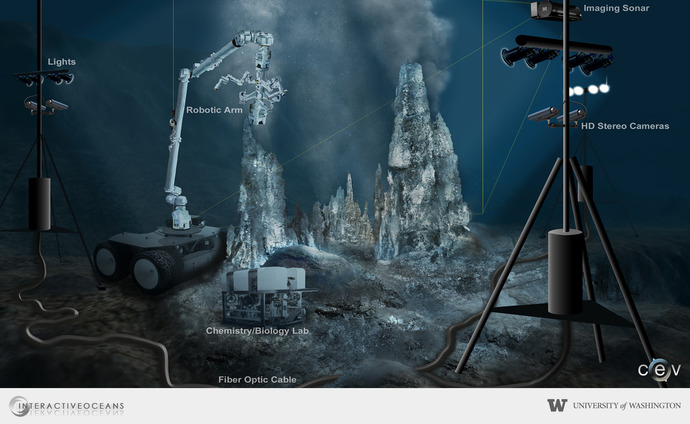Robotic systems will be the next-generation extensions of human telepresence in the global ocean.
The ocean sciences are benefiting from a host of powerful emergent technologies driven by numerous disciplines that are entirely external to the world of ocean research. These technologies include, but are not limited to, nanotechnology, biotechnology, information and imaging technologies, and robotics.
Converging with the ability to place high levels of power and bandwidth into the oceans are enabling, adaptive capabilities that will allow sophisticated remote marine operations to be conducted on the seafloor and throughout the water column in ways never before imagined. Examples include the increasing sophistication of robotics that allow medical operations to be conducted remotely from thousands of miles away, the development of the hybrid vehicle Nereus that can venture to full ocean water depths, and deep sea “crawlers” that allow exploration and sensing of the seafloor. Future laboratories on the seafloor could include “operation” centers in which robotic technologies are used to conduct adaptive sampling exercises from shore, in situ DNA analyses of microbes emerging from hydrothermal vents, and chemical probing of gas hydrates to understand their response to seismic events.





